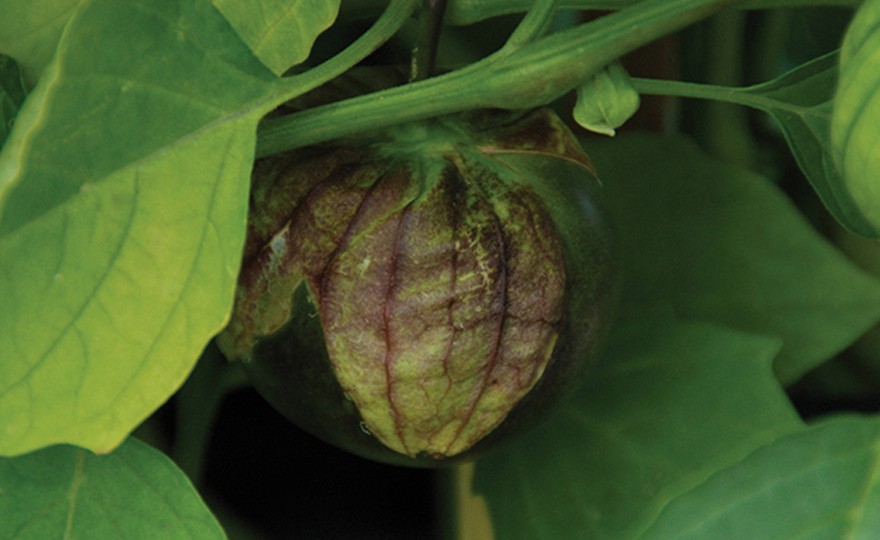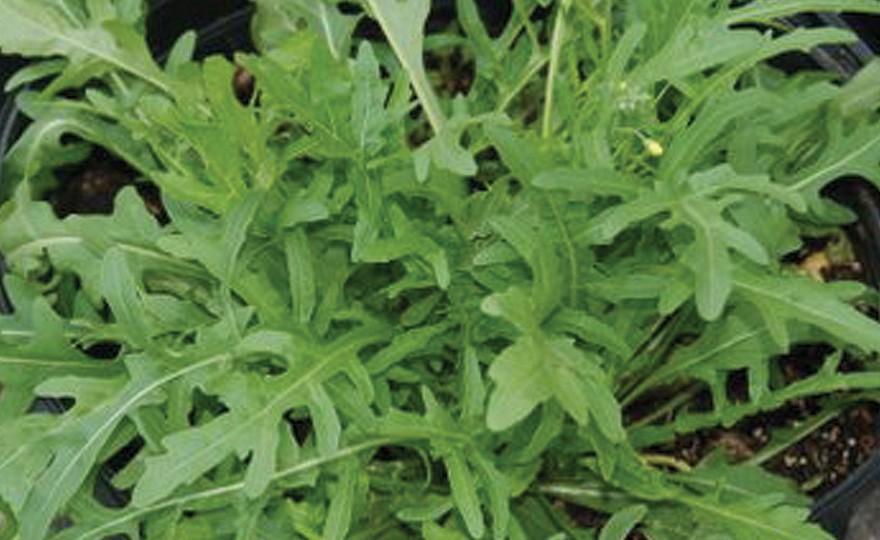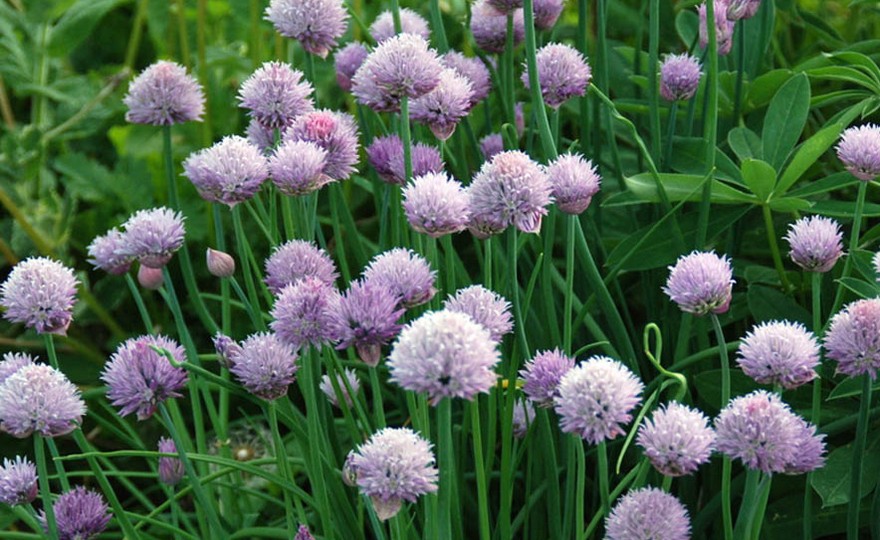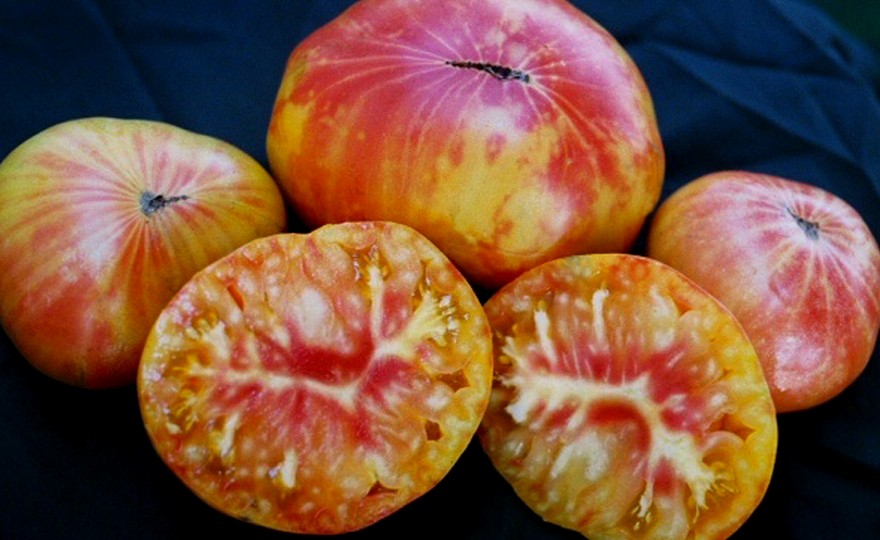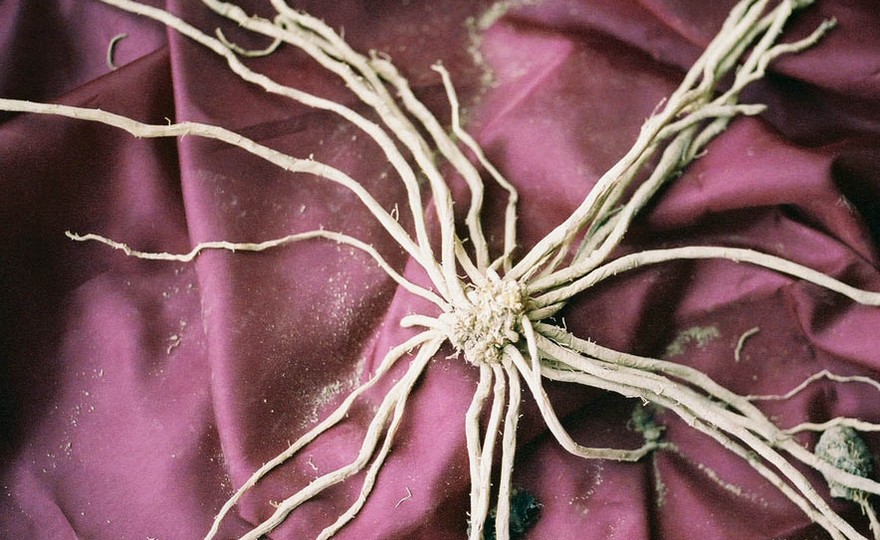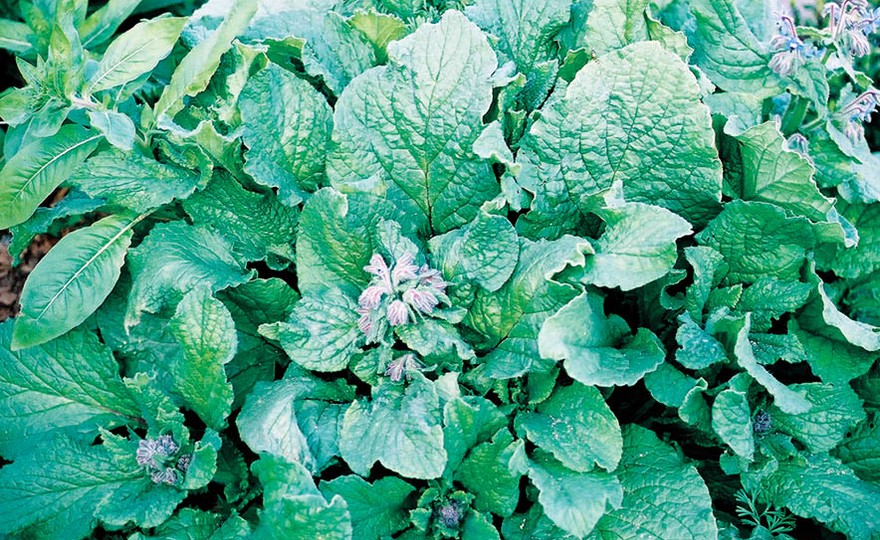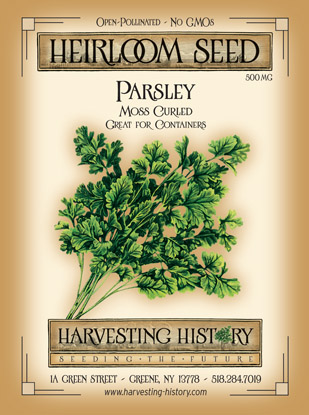
Parsley, Moss Curled
-
- **SOLD OUT** HOLIDAY GIFTS **SOLD OUT**
- **SOLD OUT** Holiday Books **SOLD OUT**
- **SOLD OUT** Holiday Citrus **SOLD OUT**
- **SOLD OUT** Holiday Gift Certificates **SOLD OUT**
- **SOLD OUT** Holiday Paperwhites **SOLD OUT**
- **SOLD OUT** Holiday Praying Mantis Kits **SOLD OUT**
- **SOLD OUT** Holiday Tools **SOLD OUT**
- **SOLD OUT** Holiday Wildflower Mixtures **SOLD OUT**
- Citrus Trees
- **SOLD OUT** - Vegetable and Herb Plants - Mix & Match any 6 Plants for $50 - Only Shipped in Quantities of 6
- Elephant Ear Plants & Roots
- **SOLD OUT** 4-Inch Pot Herb Plants **SOLD OUT**
- Rare Plants
- **SOLD OUT** Vining Plants **SOLD OUT**
- Asian Seeds
- Beneficial Bugs
- Books
- Citrus Fertilizers
- Cold-Treated Bulbs - SEE BULBS FOR FALL PLANTING TO ORDER
- Cold-Treated Allium
- Cold-Treated Chionodoxa
- Cold-Treated Crocus
- Cold-Treated Hyacinthoides
- Cold-Treated Hyacinthus Orientalis
- Cold-Treated Narcissus
- Cold-Treated Cyclamineus Narcissus
- Cold-Treated Double Heirloom Narcissus
- Cold-Treated Jonquilla Narcissus
- Cold-Treated Large Cupped Narcissus
- Cold-Treated Poeticus Narcissus
- Cold-Treated Small Cupped Narcissus
- Cold-Treated Species Miniature Narcissus
- Cold-Treated Split Cupped Narcissus
- Cold-Treated Tazetta Narcissus
- Cold-Treated Triandus Narcissus
- Cold-Treated Trumpet Daffodils
- Cold-Treated Ornithogalum
- Cold-Treated Rock Garden Iris
- Cold-Treated Scilla
- Cold-Treated Tulips
- Cold-Treated Emperor Tulips
- Cold-Treated Fringed Tulips
- Cold-Treated Green or Viridiflora Tulips
- Cold-Treated Lily Flowering Tulips
- Cold-Treated Parrot Tulips
- Cold-Treated Peony Flowering Tulips
- Cold-Treated Single Early Tulips
- Cold-Treated Single Late Tulips
- Cold-Treated Species Tulips
- Cold-Treated Triumph Tulips
- Flower Bulbs, Corms and Tubers
- Bulbs for Spring Planting
- Bulbs for Fall Planting - ALL BULBS AVAILABLE ARE COLD TREATED FOR PLANTING AS SOON AS SOIL CAN BE WORKED
- Fall Blooming Bulbs
- Garden Tools & Equipment
- Gift Certificates
- HHH Exclusive Wildflower Mixtures
- Wildflower Mixtures
- Heirloom Garlic
- Potatoes
- Roots & Sets
- Seeds
- Flowers
- Herbs
- Vegetables
- **SOLD OUT** HOLIDAY GIFTS **SOLD OUT**
-
- No products to compare
-
74 in stock
Quick Overview
PARSLEY, Moss Curled – Petroselinum crispum
FULL SUN Native to the Eastern Mediterranean, parsley has been cultivated for over a thousand years. Its earliest uses were as a breath freshener and to freshen the odor of corpses during funerals. Parsley is rich in vitamins and minerals. Moss Curled Parsley has milder flavor than the flat leaf varieties and is much more cold tolerant. The 6-8 in. plants contain more Vitamin C than an orange.
Parsley should always be direct seeded, because it does not transplant well. Moss Curled Parsley can be sown as soon as the ground can be worked in the spring and the danger of frost has passed. Soil should be deeply spaded before planting. Rows should be 8-10 in. apart.
When seedlings are 2 in. high, thin, leaving 6-8 in. between plants.
| Type | Spacing | Planting Depth | Days to Germination | Maturity |
| Biennial | 6-8 in. | 1 in. | 14-21 | 70 |

Parsley, Moss Curled
Parsley is the world’s most popular herb. The name, parsley, means rock celery. Parsley is, in fact, related to celery. Parsley is native to the Mediterranean region of southern Europe and has been cultivated for more than 2000 years. It has been used for medicinal purposes since prehistoric times. The Romans were familiar with both the flat and curled leaved varieties. The Greeks held the herb to be sacred and used it to crown the heads of athletic contest winners and for decorating the tombs of the deceased. During the Middle Ages, perhaps because of Charlemagne who grew the herb on his estates, parsley began to be used as a seasoning. In some countries, curly leaved parsley is much more popular than flat leaved parsley. Though it is not known for certain, this popularity may be because the flat leaved variety resembles fool’s parsley, which is a poisonous weed. Parsley is a hardy biennial. There are fundamentally three types of parsley; the flat leaved type has a stronger taste than others and is preferred by many chefs; the curly leaved type is not a strongly flavored and is used most commonly as a garnish; the turnip-rooted or Hamburg type is grown for its roots which are eaten like carrots.


